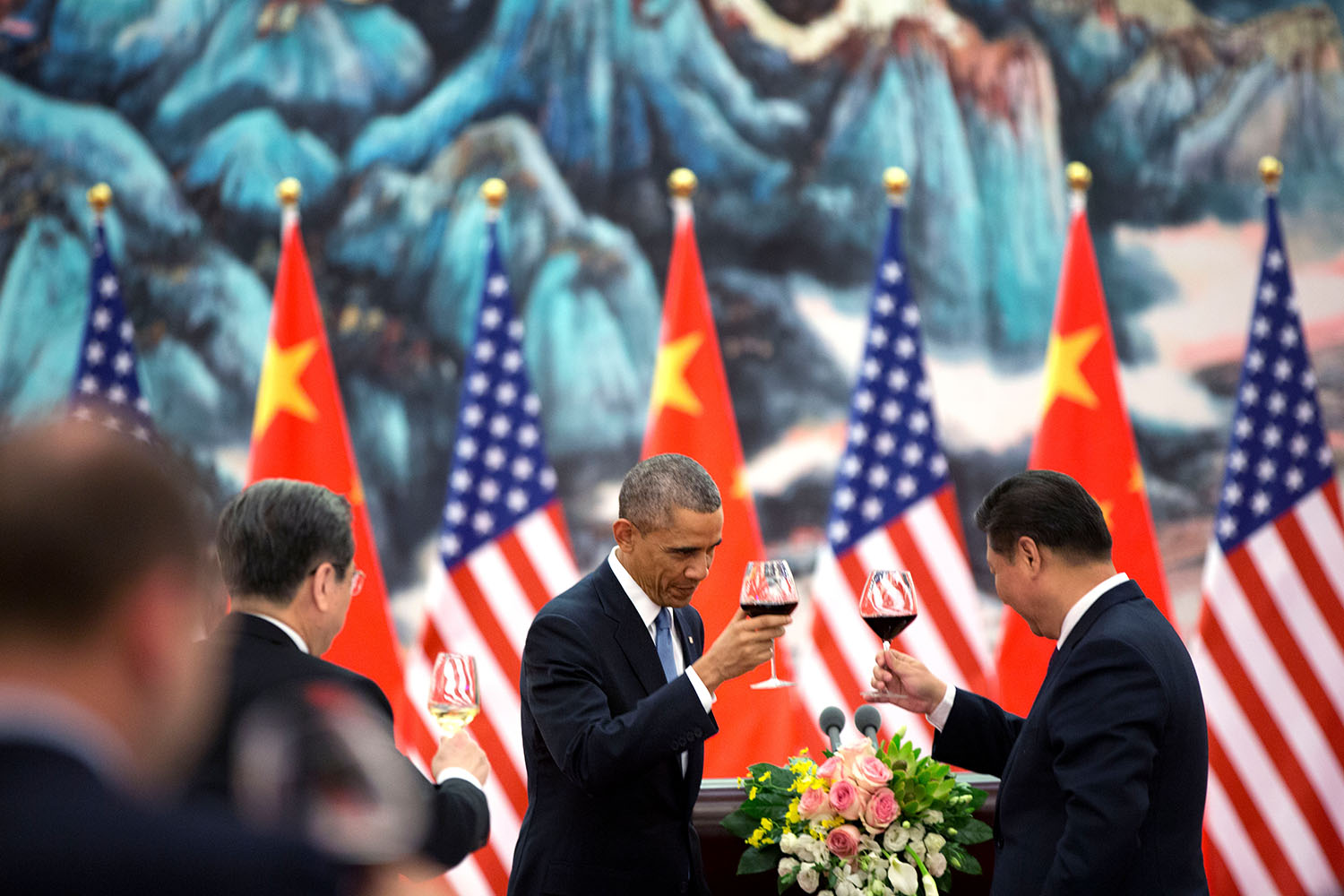A Tale of Two Cynics: Nixon and Obama
Published at The StreamPresident Richard Nixon’s historic gamble with Mainland China turned out well. When he was elected in 1968, it was an out-of-control society and regime, subverting its neighbors and condemning the United States. Today we have a similar regional foe — Iran. Will President Obama be in Tehran a year from now, celebrating the start of a similar moderation by the world’s chief sponsor of terrorism? Or will he have rewritten yet another campaign pledge ushering in an Islamist nuclear power with apocalyptic ambitions?
The Nixon/Obama parallels are instructive. Richard Nixon was, and Barack Obama is, a loner with many admirers and few friends. Both preferred to speak to the electorate in heavily scripted settings. Both were lawyers. Both were also charged — nearly every week — with violating the Constitution. Both tolerated substantial cuts in U.S. military spending while inflating social-welfare and environmental obligations.
And both did whatever they had to do to appeal to a consistent enemy of the United States and its key allies.
One-Man Leadership Assaults the Conventional Wisdom
In October 1967, Communist (or Mainland) China was offered a deal by private-citizen Richard Nixon. Writing inForeign Affairs, he called for “a policy of firm restraint [and] creative counter-pressure designed to persuade Peking that its interests can be served only by accepting the basic rules of international civility.” Longer run, that meant “pulling China back into the world community — but as a great and progressing nation, not as the epicenter of world revolution.”
In 2008, presidential candidate Obama pledged to meet with Iran’s theocrats and cited no preconditions. Although not “carrot and stick” like Nixon’s, it was also a big gamble.
In 1969 — President Nixon’s first year — the Soviet Union proposed that the U.S. and U.S.S.R conspire to eliminate Mainland China’s nuclear forces. Nixon said back to the Kremlin: Don’t even think about it. In 2009 — President Obama’s first year — a fraudulent presidential election kept Iran’s extreme Islamists in power. Thousands took to the streets. Obama gave them zero support.
Forty years apart, Nixon and later Obama sent early and strong signals: “Count on the new guy to head off anything that will rock your boat….”
By 1972, Nixon was breaking bread with mass-murderer Mao Tse-Tung. The joint communiqué said “all Chinese on either side of the Taiwan Strait maintain there is but one China and Taiwan is a part of China.” Rather than seek repeal of the 1955 Sino-American Mutual Defense Treaty with Taiwan — then as now the “Republic of China” — Nixon pretended it did not exist. Traditional Republicans faced shell-shock.
Continue Reading at The Stream